Reviewing Baby Feeding Bottles: Which Ones are Best?
Choosing the right baby feeding bottle can be a daunting task for new parents. With so many options available in the market, it’s important to find the best one that suits your baby’s needs. In this blog post, we will review some of the top baby feeding bottles, considering factors like safety, functionality, and ease of use.
1. Philips Avent Natural Baby Bottle
The Philips Avent Natural Baby Bottle is a popular choice among parents. It is made from BPA-free materials, ensuring the safety of your little one. The wide breast-shaped nipple promotes a natural latch, making it easier for babies to switch between breastfeeding and bottle feeding. The bottle also features an anti-colic valve that reduces discomfort and fussiness.
2. Dr. Brown’s Original Baby Bottle
Dr. Brown’s Original Baby Bottle is known for its innovative vent system. This unique feature helps reduce colic, gas, and spit-up, making it a great option for babies with sensitive tummies. The bottle is also designed to preserve essential nutrients like vitamins C, A, and E, which are crucial for your baby’s development.
3. Tommee Tippee Closer to Nature Baby Bottle
The Tommee Tippee Closer to Nature Baby Bottle is designed to mimic the natural feel of breastfeeding. The nipple flexes and stretches, allowing your baby to latch on comfortably. This bottle also has an anti-colic valve and is easy to clean, making it a convenient choice for busy parents.
4. Comotomo Baby Bottle
If you’re looking for a bottle that closely resembles the breast, the Comotomo Baby Bottle is worth considering. Its soft, skin-like silicone material and wide mound-shaped nipple provide a natural feeding experience. The bottle is also easy to clean, as it can be boiled or placed in the dishwasher.
5. MAM Anti-Colic Baby Bottle
The MAM Anti-Colic Baby Bottle is designed to reduce colic and gas, thanks to its vented base. The nipple has a textured surface, which helps babies grip and feed comfortably. The bottle also self-sterilizes in the microwave, making it a convenient choice for parents on the go.
Conclusion
When it comes to choosing the best baby feeding bottle, there is no one-size-fits-all solution. It’s important to consider your baby’s needs and preferences. The Philips Avent Natural Baby Bottle, Dr. Brown’s Original Baby Bottle, Tommee Tippee Closer to Nature Baby Bottle, Comotomo Baby Bottle, and MAM Anti-Colic Baby Bottle are all excellent options to consider. Remember to prioritize safety, functionality, and ease of use when making your decision. Happy feeding!
1. What makes a baby feeding bottle suitable for newborns?
The best bottles for newborns typically feature a slow-flow nipple to mimic breastfeeding, helping infants feed comfortably without overwhelming them. Look for bottles with anti-colic features to minimize air intake and reduce discomfort.
2. Are certain materials better for baby feeding bottles than others?
The choice of bottle material often depends on personal preferences. Common options include glass, BPA-free plastic, and stainless steel. Glass is sturdy and doesn’t contain chemicals, while BPA-free plastic is lightweight. Stainless steel offers durability and insulation.
3. How can one identify the right nipple shape and size for a baby?
Choosing the correct nipple size depends on the baby’s age and feeding abilities. Newborns usually require smaller, slow-flow nipples, while older babies might benefit from larger, faster-flow options. Experimentation may be necessary to find the most suitable shape and size for your baby.
4. What features should be considered for babies with colic or gas issues?
Bottles designed to reduce colic often have venting systems or anti-colic valves to minimize air intake. Wide-neck bottles with angled designs can also help prevent air swallowing during feeding, reducing gas-related discomfort.
5. Are there specific cleaning and sterilization methods for baby feeding bottles?
Proper cleaning and sterilization are crucial for maintaining hygiene. Most bottles can be washed with warm, soapy water or placed in a dishwasher. Sterilization methods include boiling, steam sterilizers, or microwave sterilizing bags to ensure bottles are safe for use.
6. How many bottles should one purchase for a newborn?
Having around 4 to 6 bottles is a good starting point for newborns. This allows for a continuous rotation of clean bottles, especially considering the frequency of feedings and the need for thorough cleaning after each use.
7. Are there recommended brands known for high-quality baby feeding bottles?
Several reputable brands offer a range of baby feeding bottles with varying features. Brands like Philips Avent, Dr. Brown’s, Tommee Tippee, Comotomo, and Medela are often praised for their quality and innovation in baby feeding products.
8. What are the signs indicating the need for a bottle change or upgrade?
As babies grow and their feeding needs change, signs such as increased fussiness during feedings, difficulty latching onto the nipple, or frequent spills could indicate the need for a different bottle type or size.
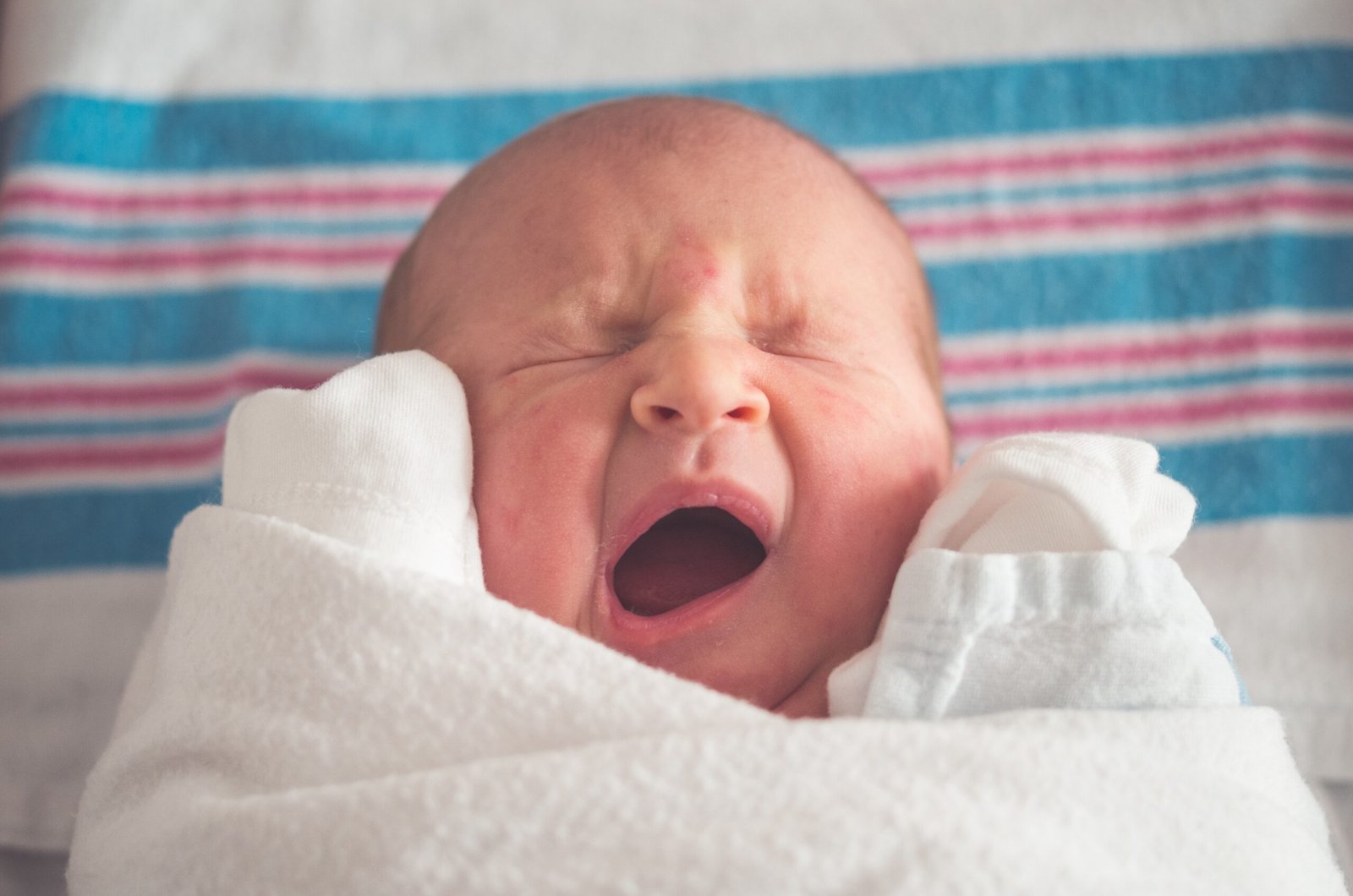

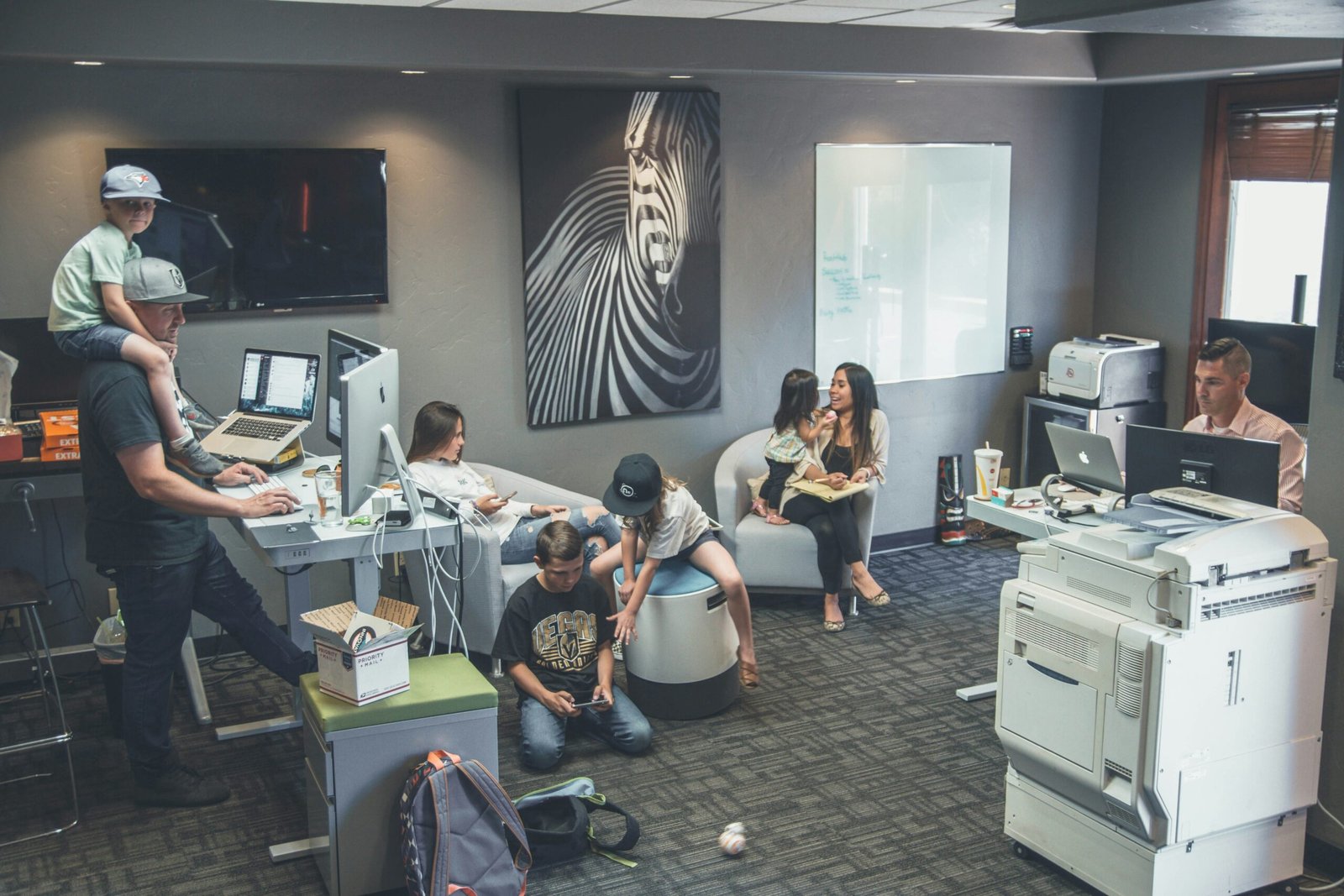
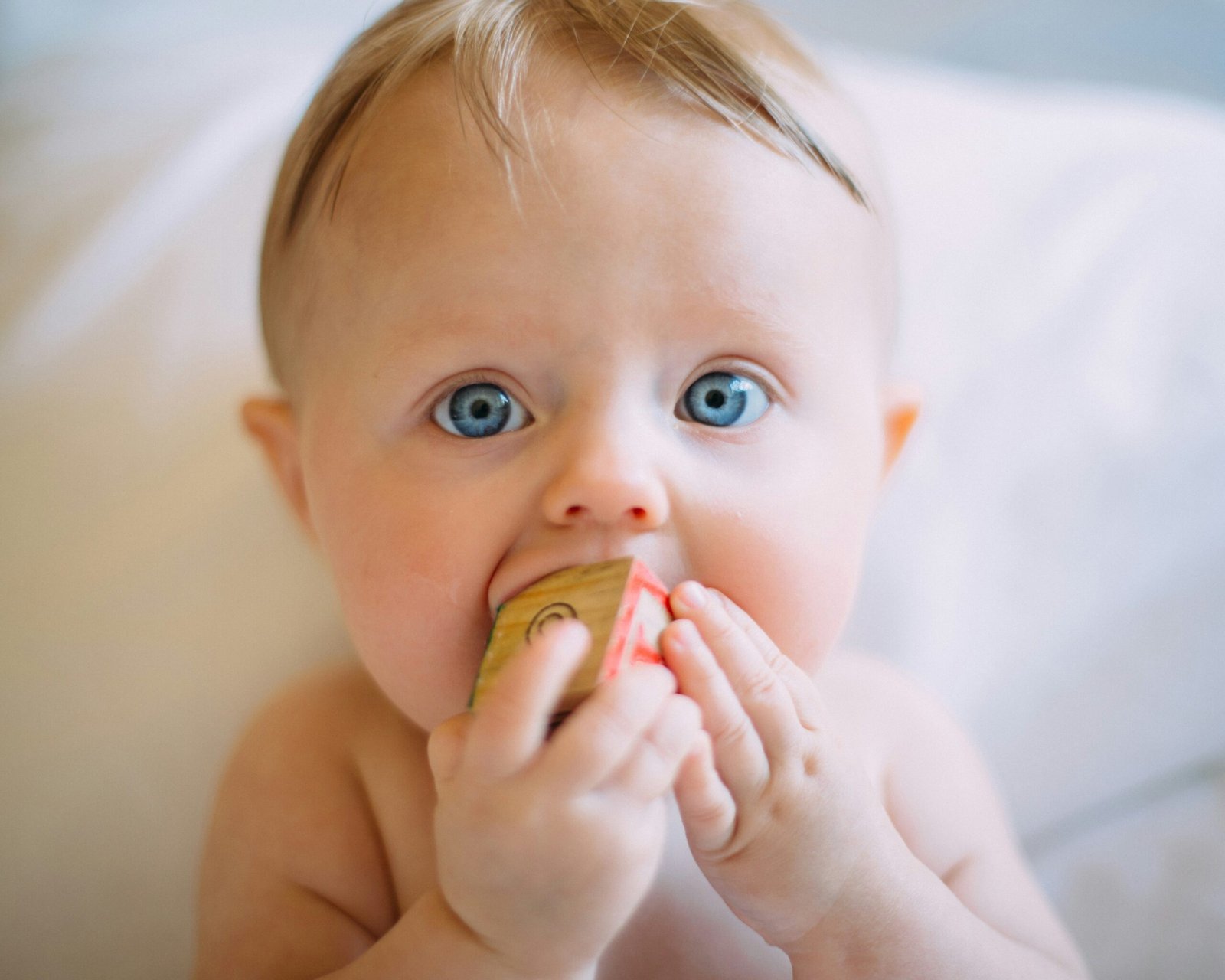



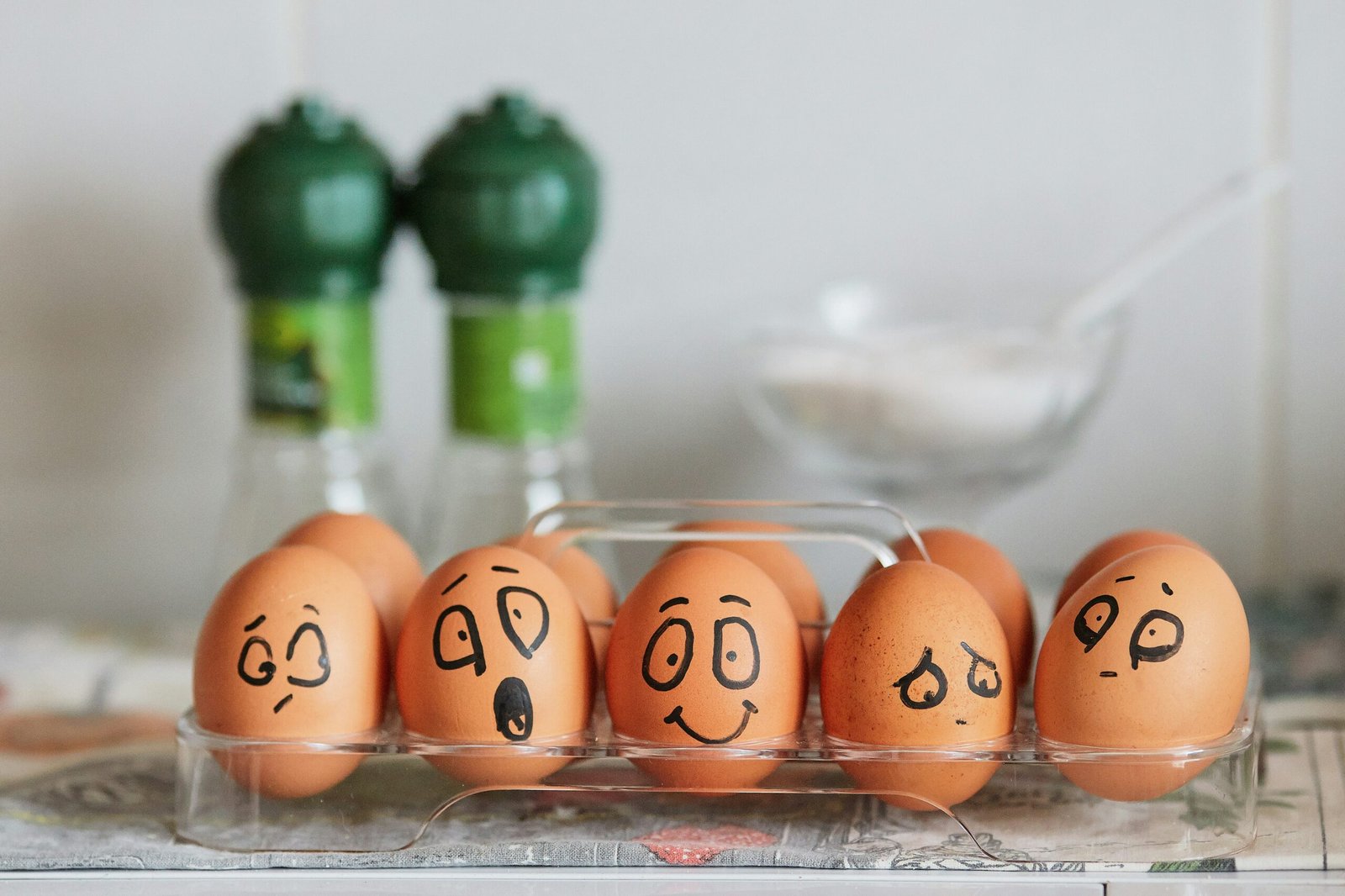
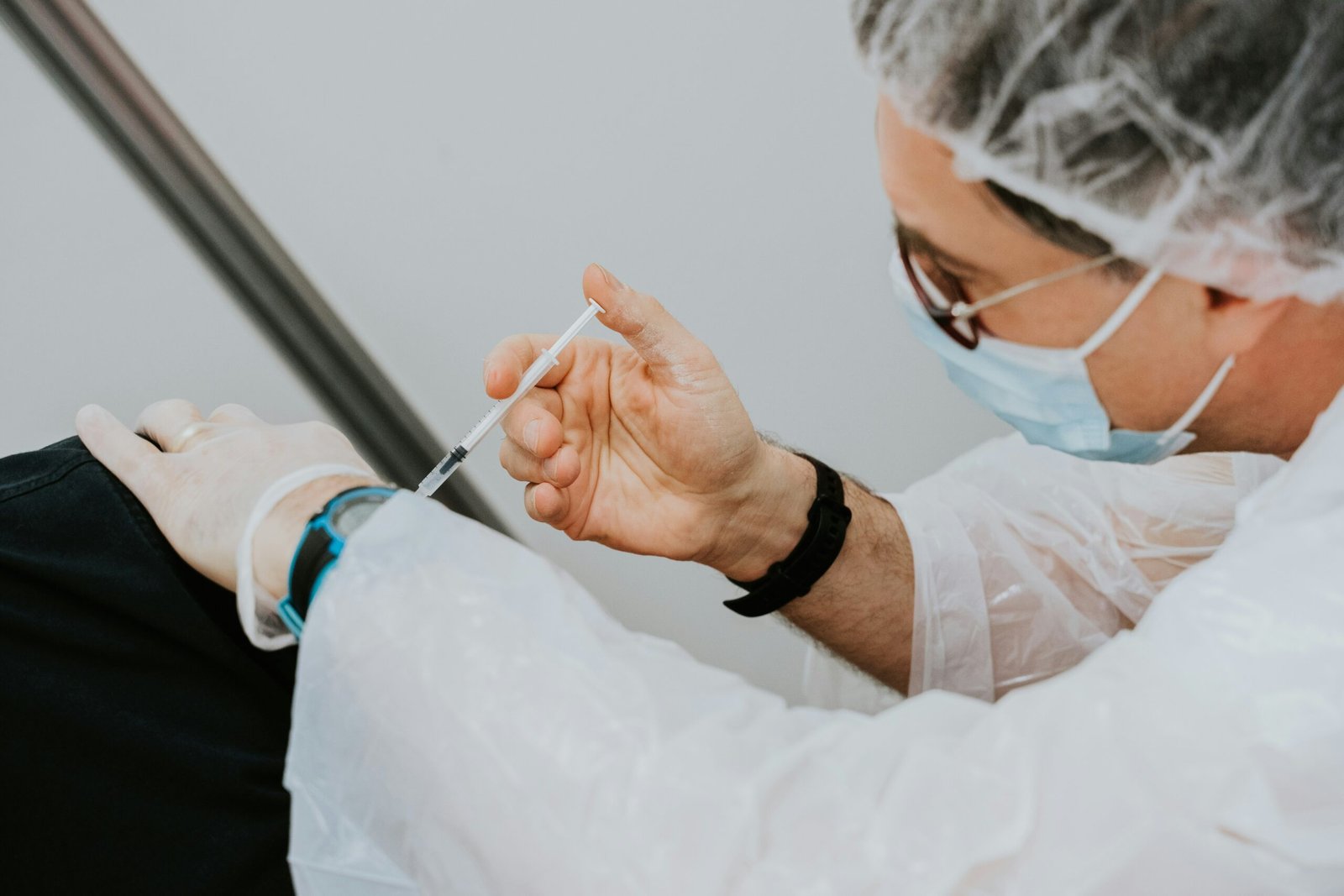
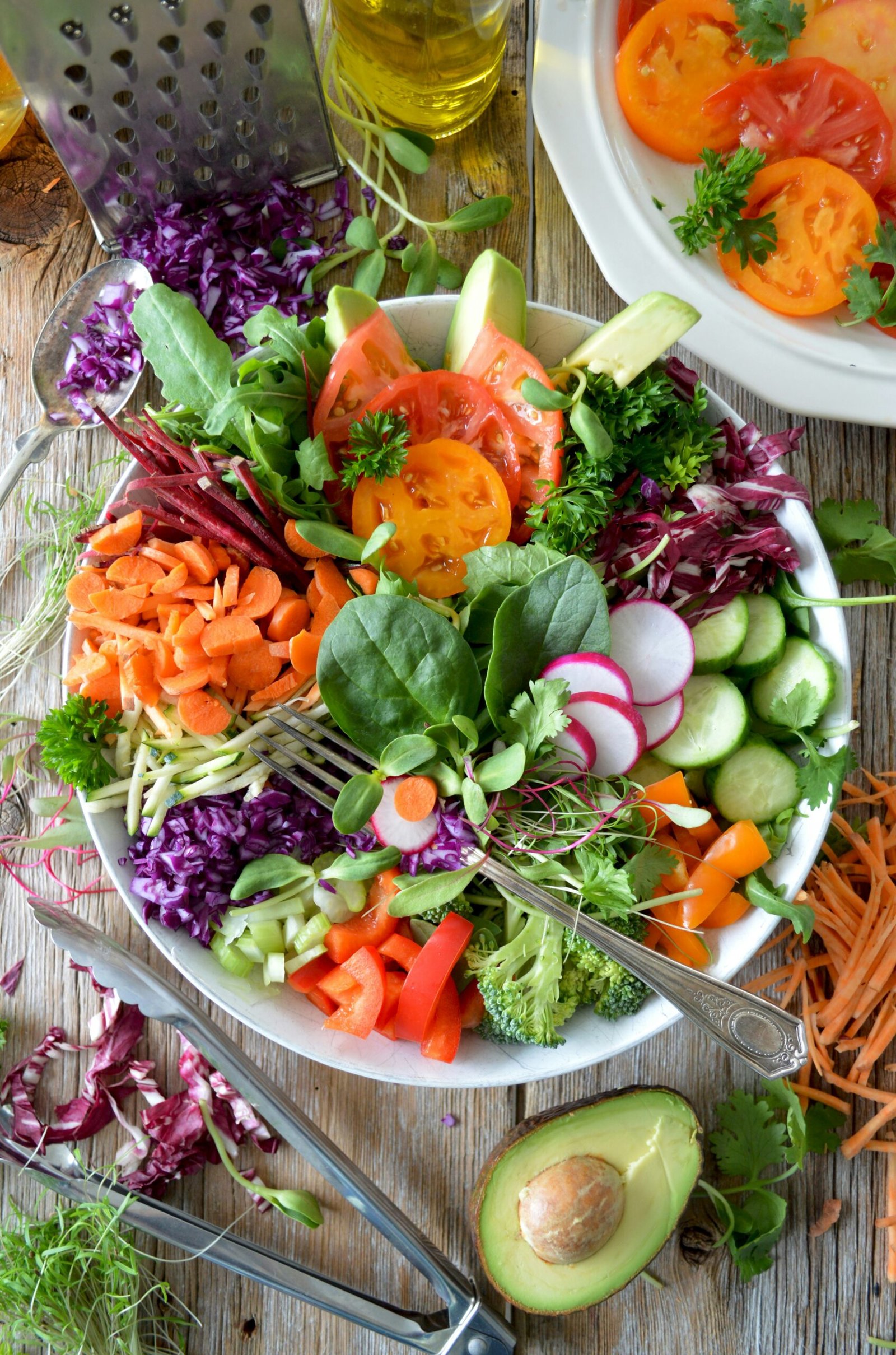
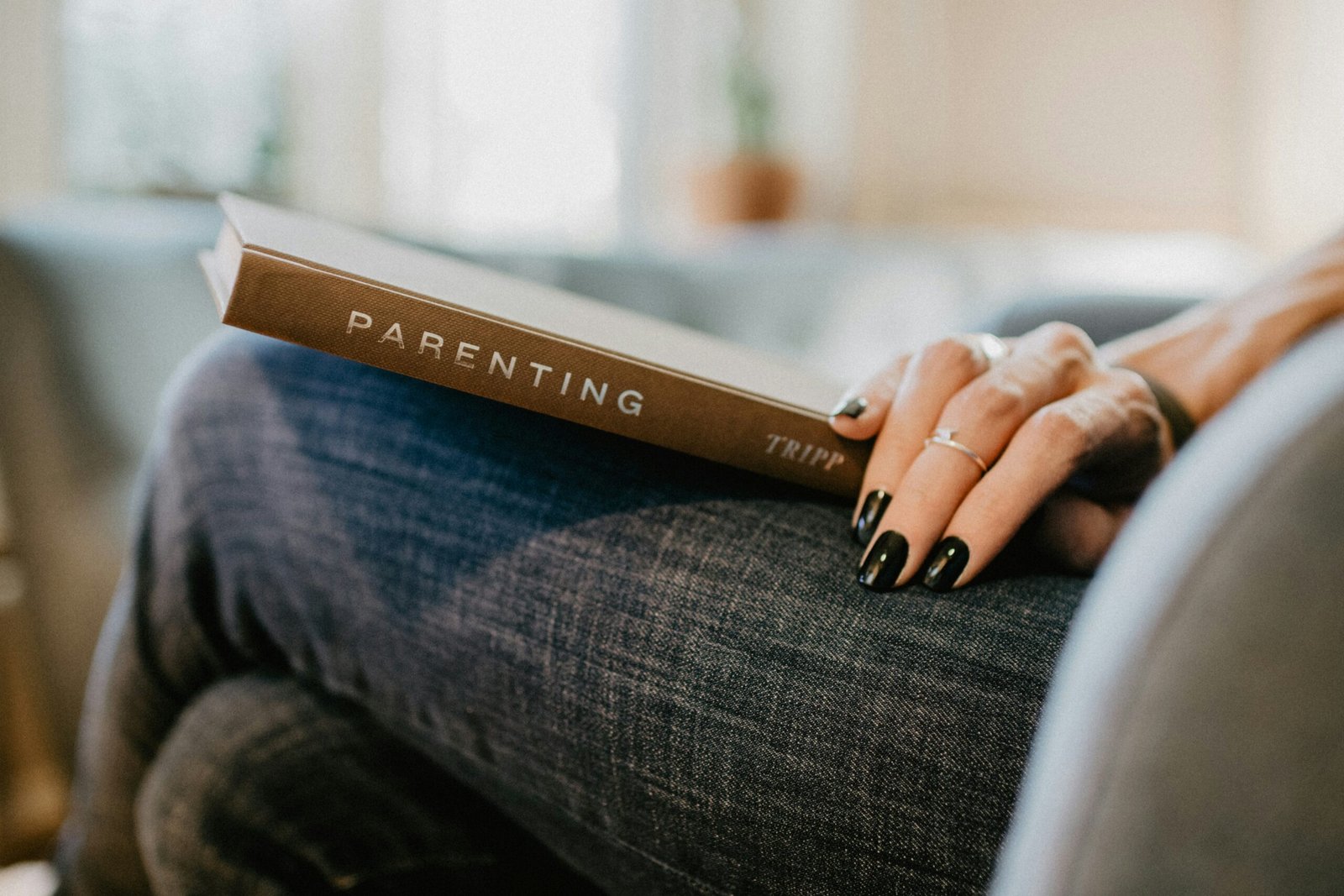
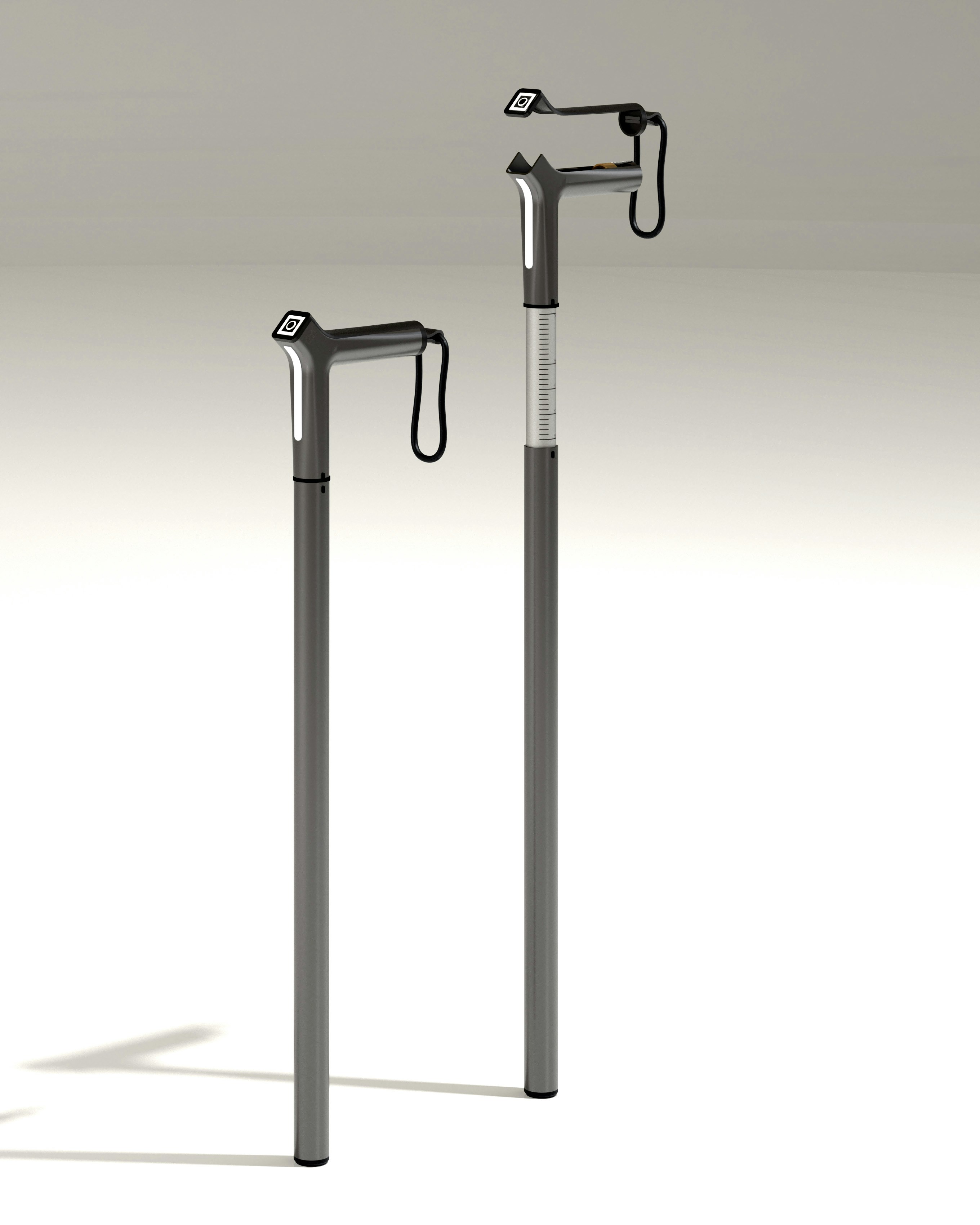
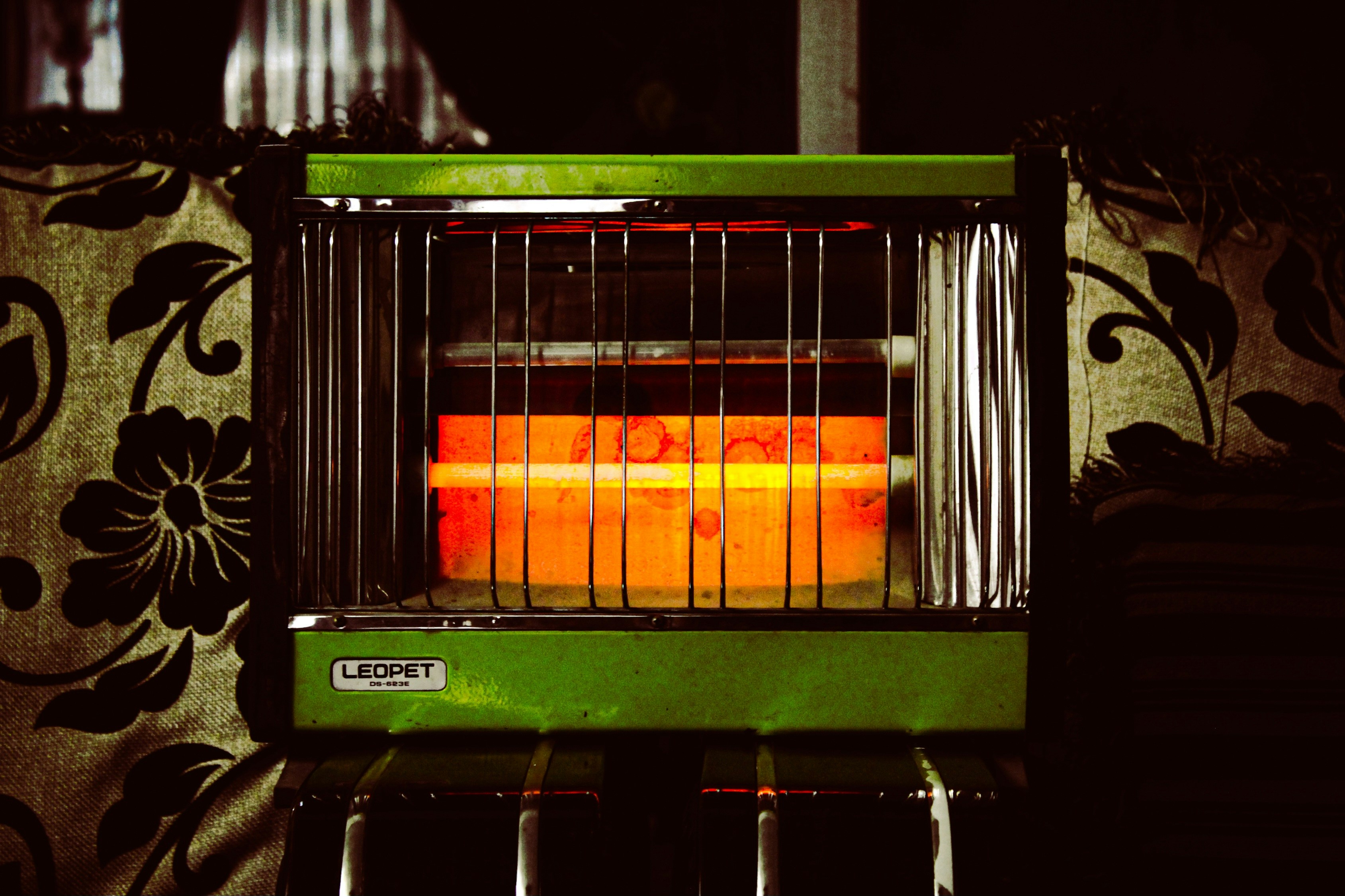
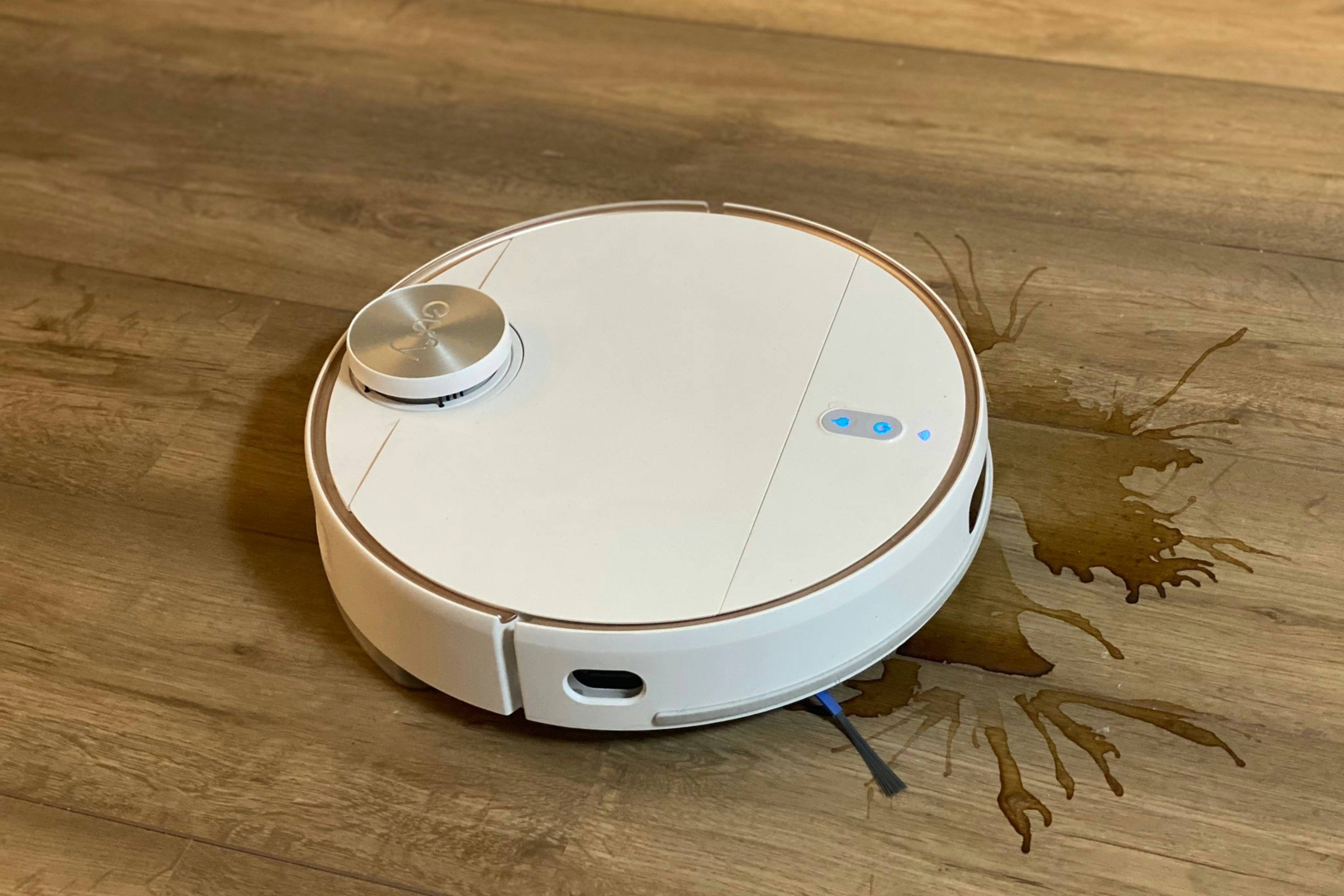
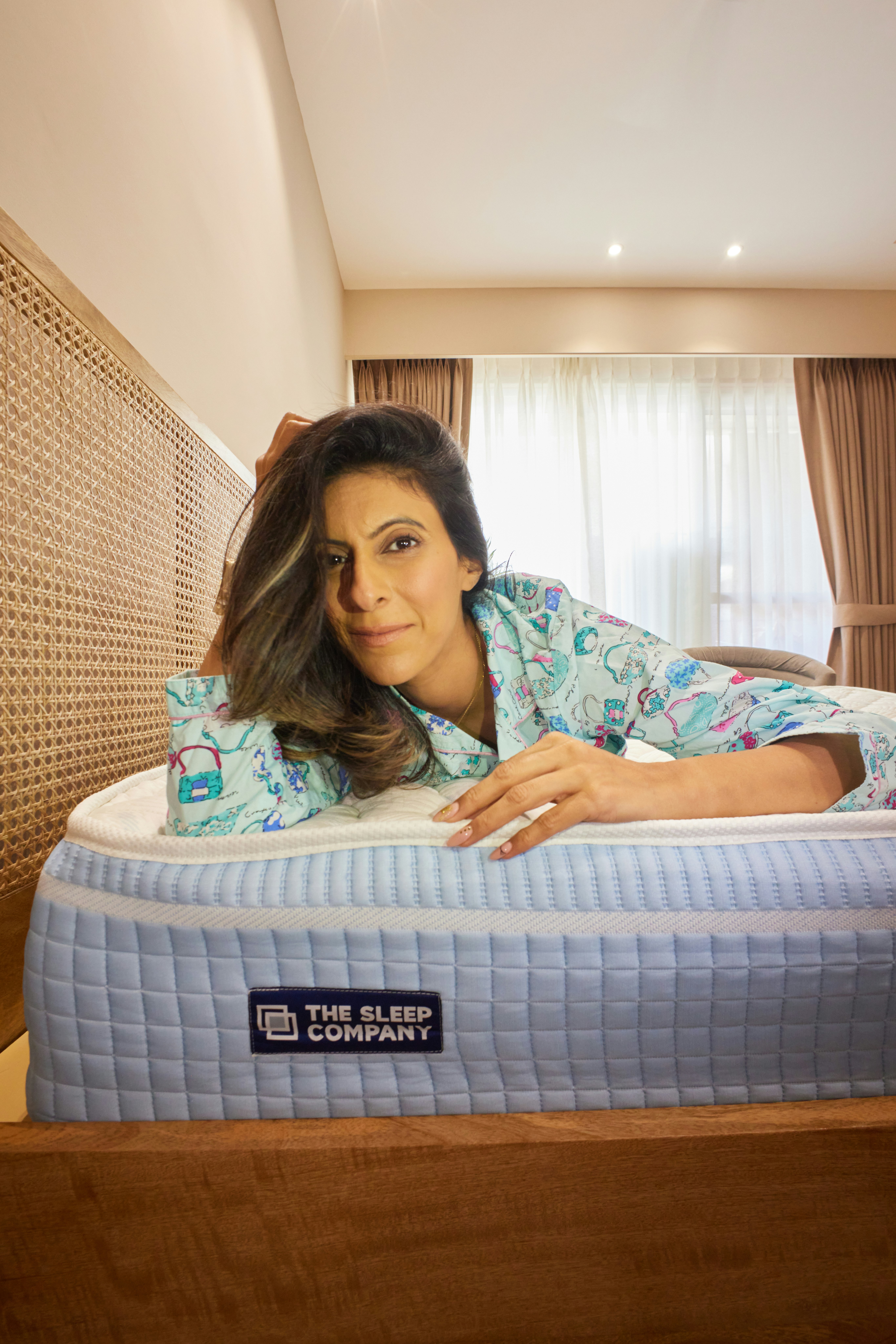
Leave a Reply